From March 27 to November 3, 2024
From Tuesday to Sunday - 11:00 am to 06:00 pm
Evening opening on Wednesday (to 09:00 pm)


From March 27 to November 3, 2024
From Tuesday to Sunday - 11:00 am to 06:00 pm
Evening opening on Wednesday (to 09:00 pm)
11, quai de Conti - 75006 Paris
In the museum halls
Museum admission tickets
Group visits
Please contact us at least 15 days before the visit by e-mail.

In this Olympic year, what could be more natural for Monnaie de Paris than to highlight the great and small history of Olympic medals!
In 1896, for the first Olympic Games of the modern era in Athens, the Monnaie de Paris struck the very first Olympic medal. This was repeated for the Games in 1900, 1924 and 1968.
From Antiquity to the present day, the exhibition tells the story of the moment of Victory and reward, through the medal itself, but also through the objects, images and archives that put it into context. The supreme moment that the medal represents has evolved over the years, reflecting the evolution of the Games themselves, and hence of the world.
The exhibition is complemented by a selection of sports medals (other than Olympic ones), where artists have been free to express their vision of gesture and effort. A counterpoint that presents a little-known part of the Monnaie de Paris collections of medals and medalic tools.
Curators of the exhibition :
Dominique Antérion
Béatrice Coullaré
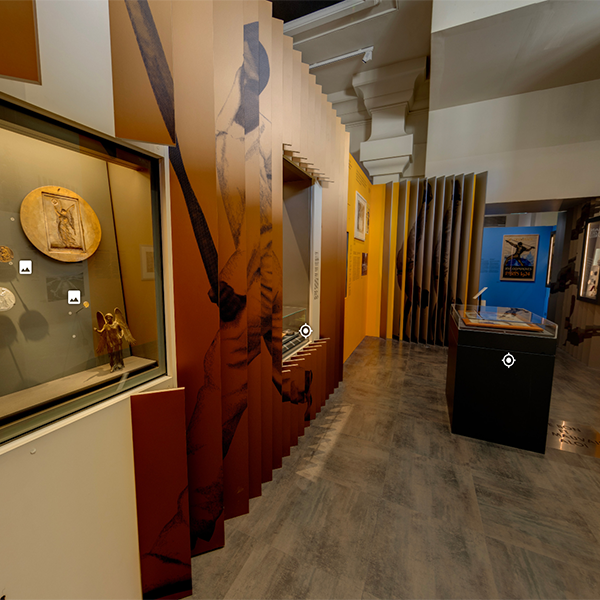
The exhibition is accessible via an online virtual tour, where you can wander through the spaces and discover the emblematic works on display in just a few clicks, as well as short contextual videos by exhibition curator Dominique Antérion.
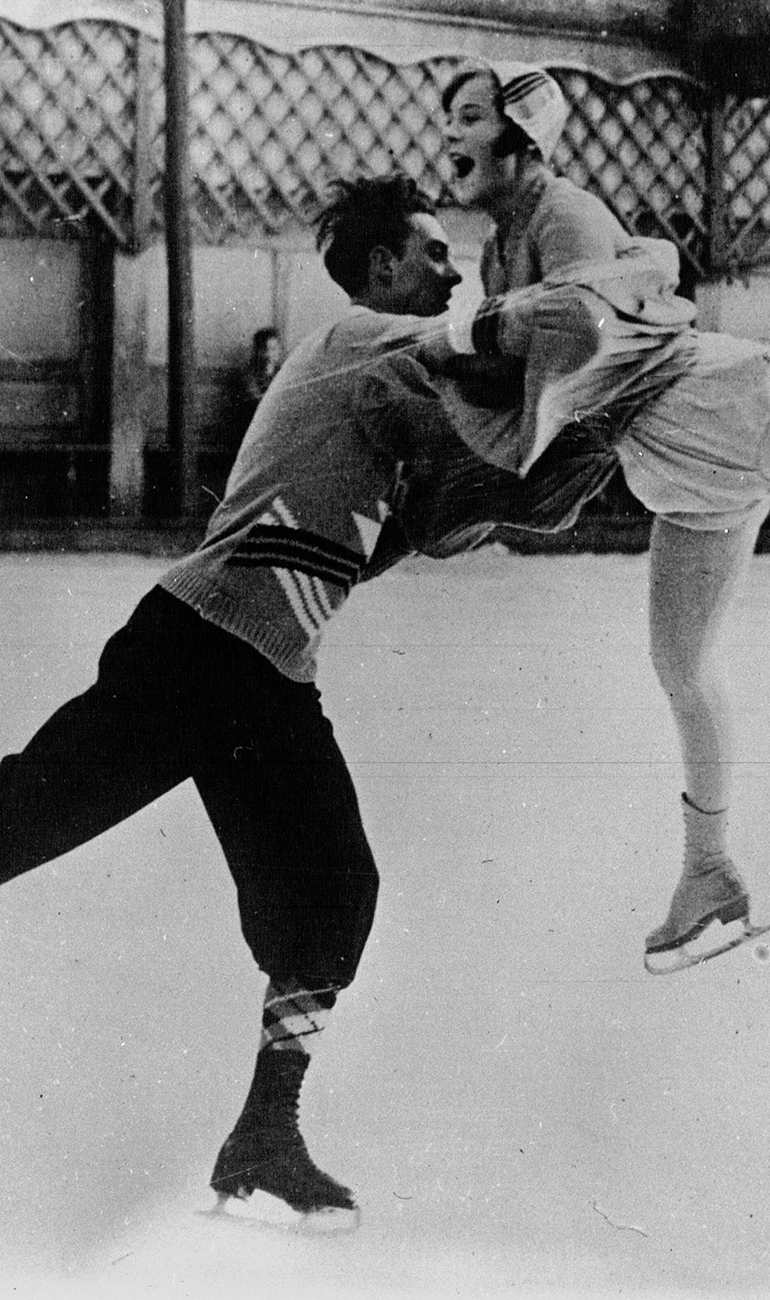
The origins of the Ancient Games
Part of the festivities honouring the Olympian god Zeus, the ancient Olympic Games were first held in Greece in the 8th century BC. They took place every four years, with a truce being declared between the participating city-states. The Games endured for almost a thousand years! All that remains of their greatness are the remains of the archaeological site of Olympia and a few works. When these remains were rediscovered in the 18th century, the legacy of the Ancient Games and their physical and political virtues was reawakened.
When a French man revived the Games
Pierre de Coubertin, a keen sportsman, was not the first to attempt to restore the Olympic Games, but he was the one who succeeded by dint of conviction and persuasiveness. He was behind the creation of the International Olympic Committee (IOC) in Paris in 1894, and the Games of the first Olympiad of the modern era in Athens in 1896.
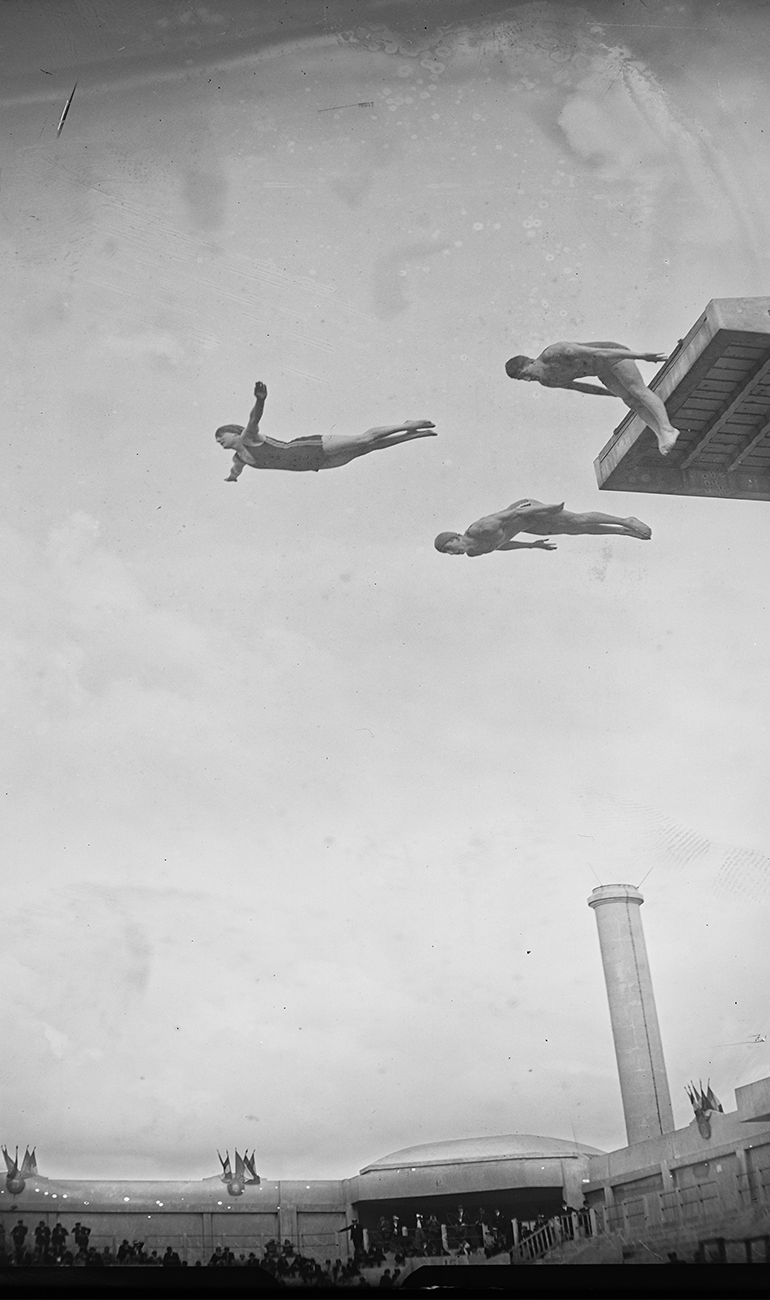
France 1924: Summer and Winter Games
After the near-failure of the 1900 Games in Paris, Pierre de Coubertin and the French Olympic Committee succeeded in securing the right for the Games of the VIII Olympiad to be held in Paris. With one significant development: in addition to the Summer Games in Paris, the IOC decided to organise the Winter Games in Chamonix the same year...
The same medal for the Summer Olympics (1928-1968)
New rituals were introduced at the Games of Amsterdam in 1928, and have remained unchanged in the history of the Games ever since. The medals would be presented to the winners at the time and place of the events themselves - and no longer at the end of the Olympiad. The medals were also a new addition: from then on, and for almost 40 years, all the medals would be identical from one Olympiad to the next. The podium first appeared with its familiar three steps at the 1932 Winter and Summer Games (Lake Placid and Los Angeles).
60 years of Winter Games and styles (1928-1988)
Unlike the medals for the Summer Games, the medals for the Winter Games did not have to comply with the standardised rules set out by the International Olympic Committee. As a result, they displayed more creativity and originality. Artists seized this opportunity, inscribing both sides of the Olympic medal with the symbolism specific to their country and the aesthetic trends of the time.
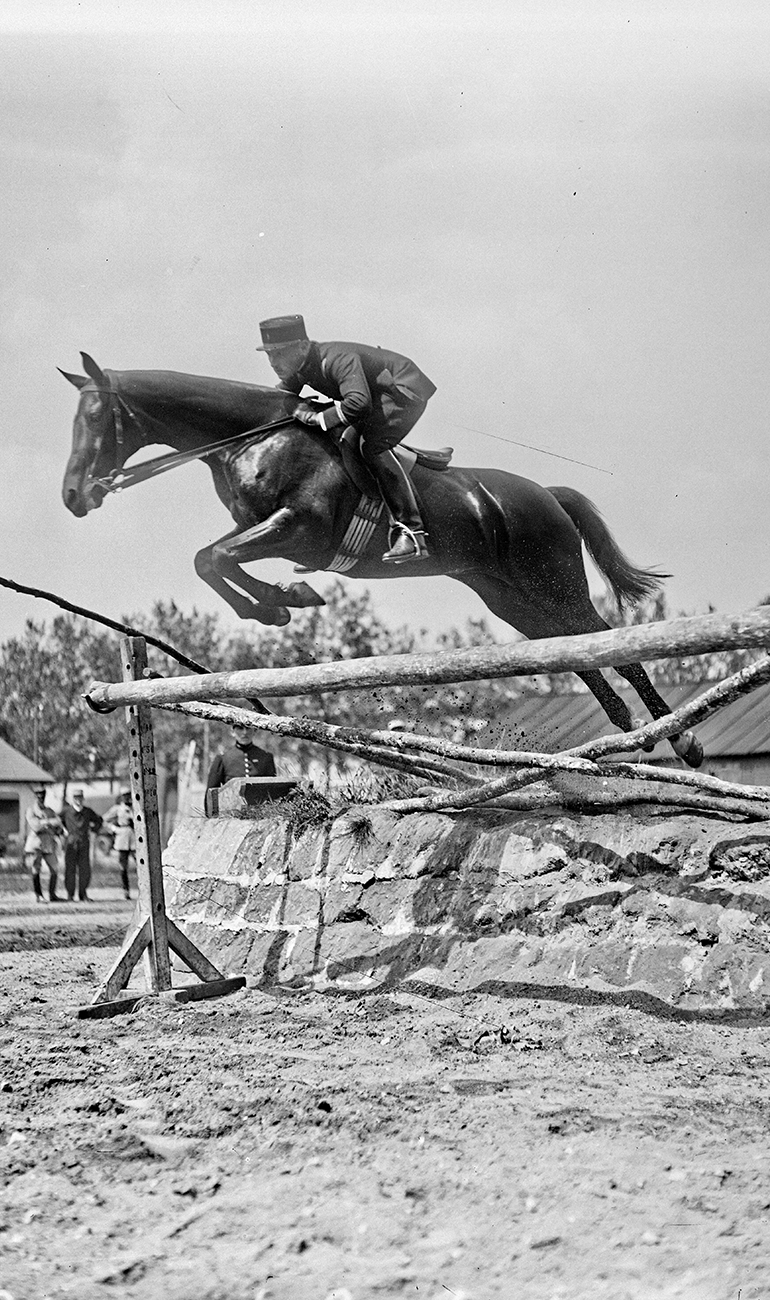
Redesigning the medal for the Summer Games (1972-2000)
Since 1972, each Organising Committee has been free to design its own reverse side for the summer medals. However, the motifs used remain purely symbolic of the Olympic Games (larel, flame...). At the Barcelona Games in 1992, they tried their hand at a twist by Hellenising the obverse with a Greek frieze!
Daring and commitment in Winter medals (1992-2002)
The winds of change sweeping across the Winter Olympic medals blew stronger in the 1990s and 2000s. Bolder designs and innovative techniques were complemented with the social and environmental issues that the organisers sought to reflect in the awards they presented. The Winter Games medal shines as much for its technical daring as for its symbolic commitment, a far cry from the rather conventional medals of the Summer Games.
Medals for their time (2004-2024)
By the early 2000s, the eclectism shown by the artists on the mdals of the Winter Games and the freedom that the Organising Committees had been afforded since 1972 to design the reverse side of the summer medals had given rise to a strong desire for reform. During the 2010s, a number of fundamental issues, particularly social and environmental ones, were becoming increasingly important around the world. Impossible for the Olympic medal, an iconic object if ever there was one, to escape the sportlight. A reflection of our athletes, the Olympic medal has become a reflection of society as much as a repository of our history.
End your dive into the history of Olympic medals by contemplating the medals from the 2024 edition of the Olympic and Paralympic Games at the end of the exhibition.
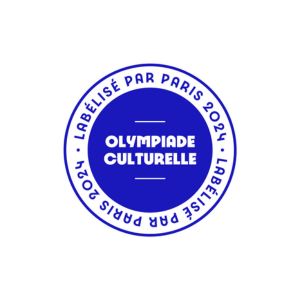
This exhibition has been awarded the "Cultural Olympiad" label

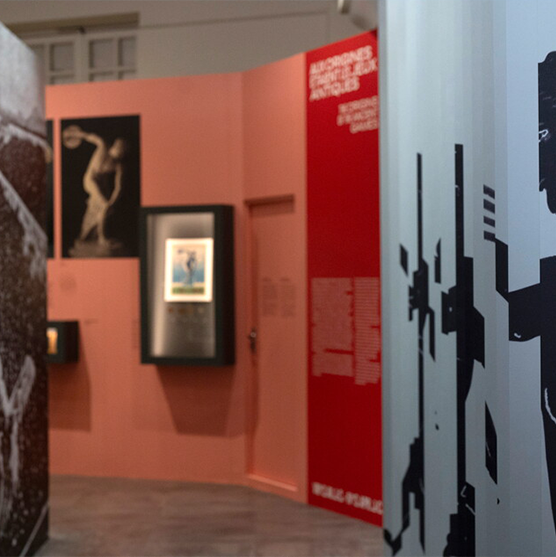
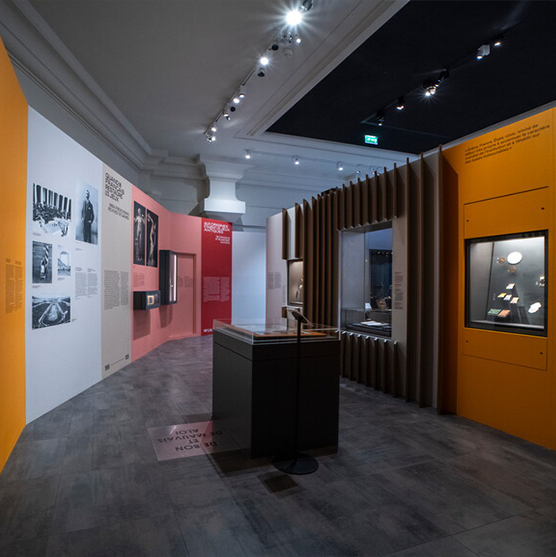
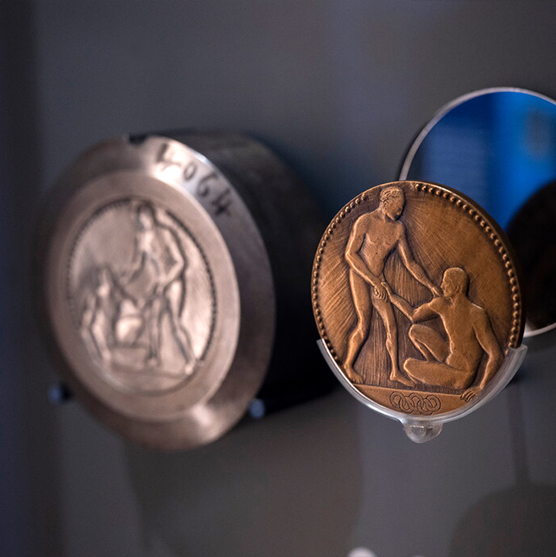
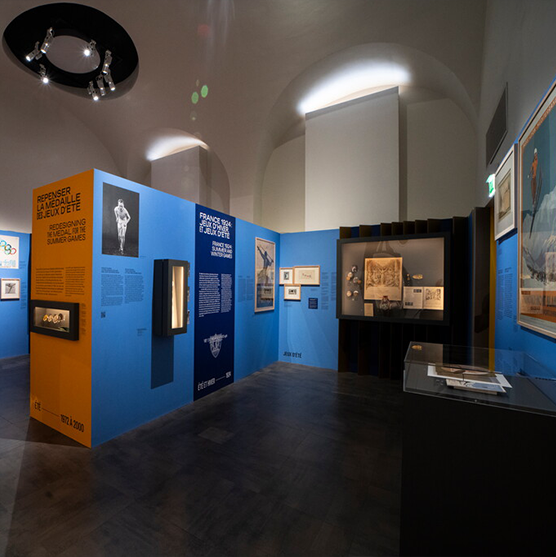
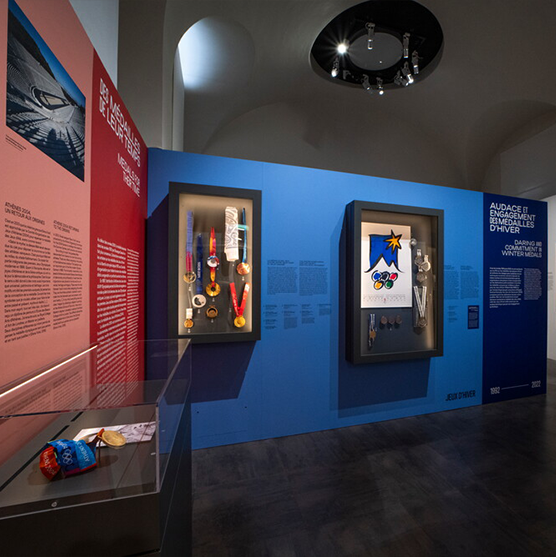
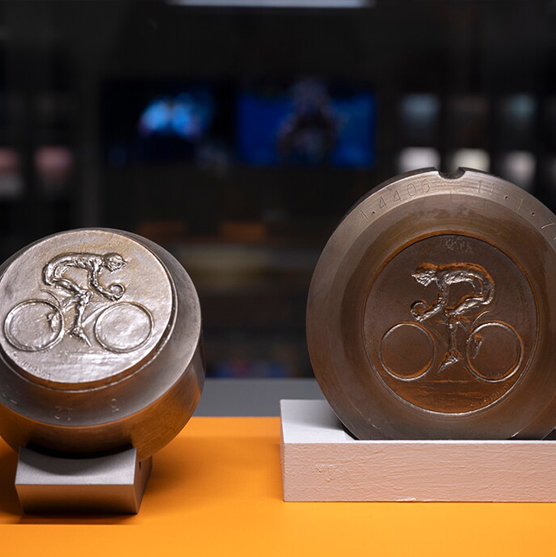
We invite you to update it to have an optimal and secured experience.